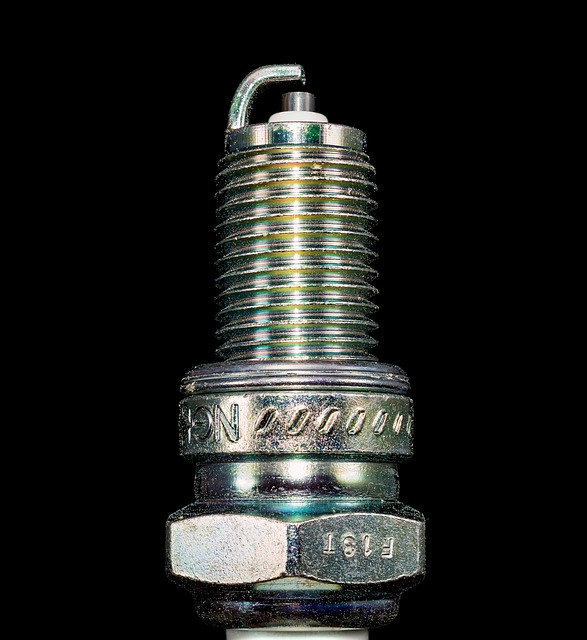Lutetium is a chemical element that has the atomic number 71. Its atomic mass is 174.96 g/mol and it is represented by the symbol Lu. Lutetium is a d-block element and can be found in group 3 and period 6 of the periodic table. There are 71 electrons, 71 protons and 104 neutrons in an electrically neutral atom of Lutetium. The electronic configuration of lutetium is 1s2 2s2 2p6 3s2 3p6 3d10 4s2 4p6 4d10 5s2 5p6 4f14 5d1 6s2. The electronegativity of lutetium is 1.27 (Pauling scale). The oxidation states of Lutetium is 0, +1, +2, +3. Lutetium has one stable isotope, Lu-175. It has thirty-four radioisotopes so far characterized.
At STP the lutetium is in solid-state and has a density of 9.841 g/cm3. Due to the lanthanide contraction lutetium has a high melting point and boiling point as well as density and hardness than other lanthanides. The melting point of lutetium is 1925 K ?(1652 °C, ?3006 °F) and its boiling point is 3675 K ?(3402 °C, ?6156 °F).
The element was named after Paris the roman name for pairs was ''Lutetia''. It was discovered by Carl Auer von Welsbach and Georges Urbain in 1906 independently. But it was first isolated by the Austrian mineralogist Carl Auer von Welsbach in 1907.
Lutetium is found with other rare earth metals and it is very difficult to separate from them. It has an average concentration of 0.5g/kg in Earth's crust. Lutetium is found in mineral like monazite but there is no other mineral which has a high concentration of Lutetium in it. Most of the mining area is in China, Brazil, India, Sri Lanka, the US and Australia.
Lutetium and its compound have some of the following application.
Lutetium tantalate (LuTaO4) is the densest white material that can be used in X-ray phosphors. Lutetium isotope lutetium-176 is used as a beta emitter. Lutetium-176 is used in lutetium–hafnium dating to date meteorites. Lutetium aluminium garnet can be used as a lens material for immersion lithography. Cerium-doped lutetium oxyorthosilicate is used in positron emission tomography (PET). Lutetium is used as a catalyst in petroleum cracking, Hydrogenation and polymerization etc.
What is lutetium used for?
Some of the following are the applications and uses of Lutetium and its compounds.
- Lutetium is used as a catalyst in petroleum cracking, Hydrogenation and polymerization etc.
- Lutetium tantalate (LuTaO4) is the densest white material that can be used in X-ray phosphors.
- Lutetium isotope lutetium-176 is used as a beta emitter.
- Lutetium-176 is used in lutetium–hafnium dating to date meteorites.
- Lutetium aluminium garnet can be used as a lens material for immersion lithography.
- Cerium-doped lutetium oxyorthosilicate is used in positron emission tomography (PET).
Who discovered lutetium?
Lutetium was discovered by Carl Auer von Welsbach and Georges Urbain in 1906 independently. Carl Auer von Welsbach was an Austrian chemist nad mineralogist while Georges Urbain was a French chemist.
When was lutetium discovered?
It was discovered in 1906 and was isolated by Carl Auer von Welsbach in 1906.
Where is lutetium found?
Lutetium is a rare earth element and can be found with other rare earth elements. The only mineral which has Lutetium along with other rare elements is Monazite mineral. The mining areas is in China, Sri Lanka, India, Brazil and the US.
What is lutetium named after?
Lutetium was named after Paris. The old name of the Paris at the time of Romans was Lutetia.




